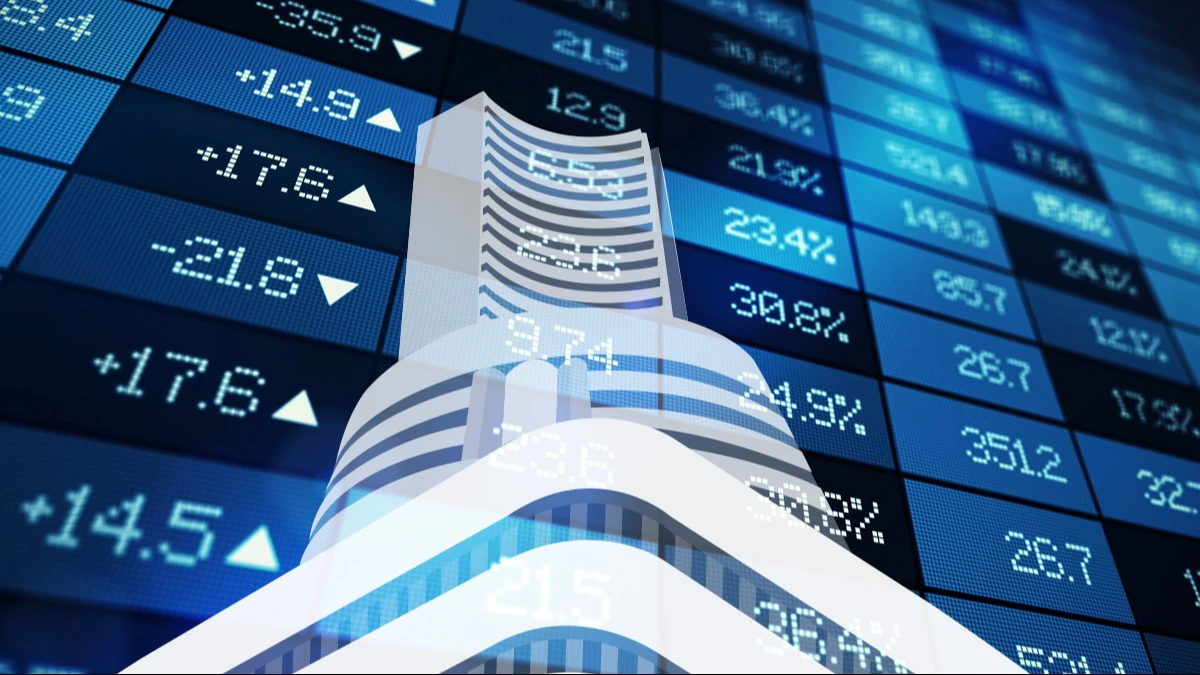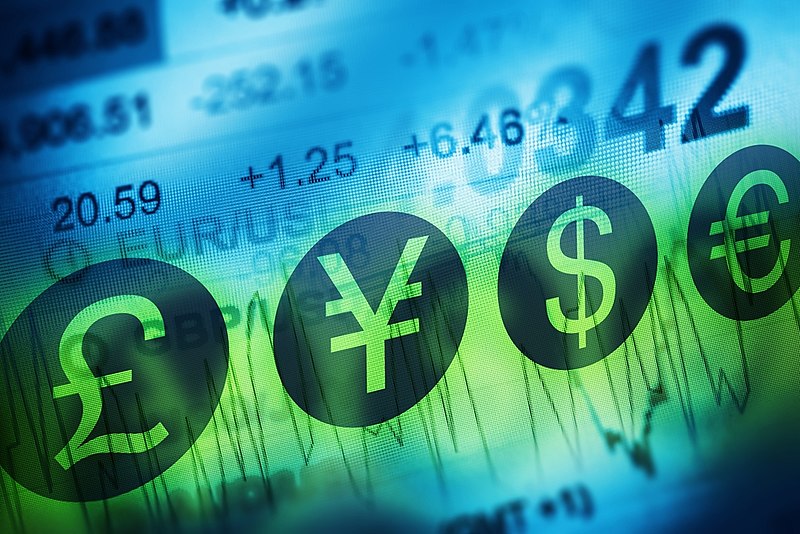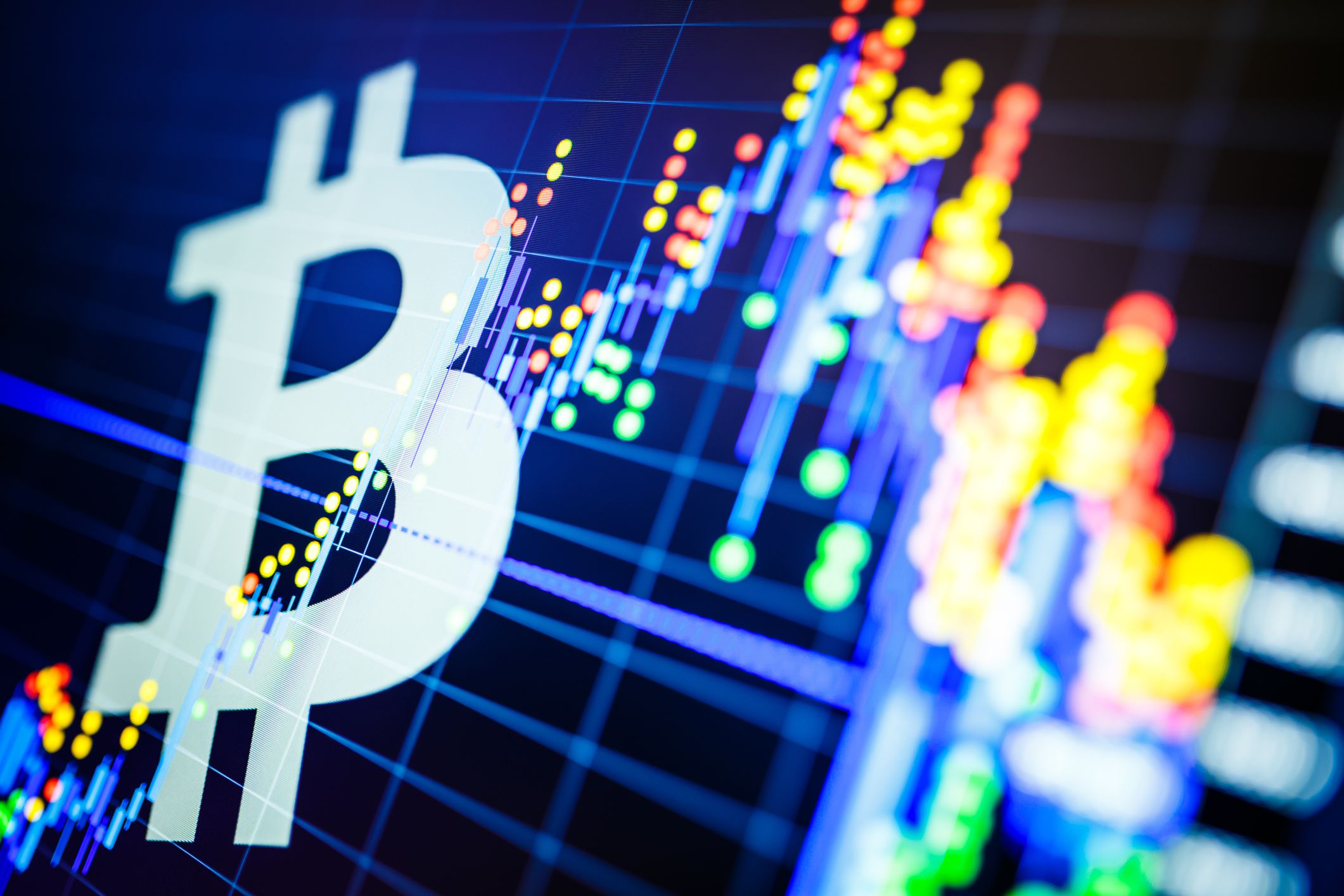Our Courses

Indian Market
It is one of the largest stock exchanges in the world by market capitalization. NSE's flagship index, the NIFTY 50, a 50 stock index is used extensively by investors in India and around the world as a barometer of the Indian capital market. The NIFTY 50 index was launched in 1996 by NSE.>
Market statistics
Earlier, the Bimal Jalan Committee report estimated that barely 3% of India's population invested in the stock market, as compared to 27% in the United States and 10% in China.
The Economic Times estimates that as of April 2018, 6 crore (60 million) retail investors had invested their savings in stocks in India, either through direct purchases of equities or through mutual funds.
Morgan Stanley has noted that the Indian stocks have been through four bear markets in 25 years, or since foreign investors became actively involved with Indian equities. The Economic Times estimate that the Indian stock market sees a bear market on average once every 3 years, similar to the US market. It uses the Nifty 50 index as a reference point and identifies eight 20% drops in the last 25 years.
According to SEBI, during FY 2022–23, 73% of mutual fund units were redeemed within 2 years of investment. Only investments in 3% of the units continued for more than 5 years.
Another study conducted by the SEBI, approximately 89% of individual stock traders in the equity Futures & Options (F&O) segment incurred losses during the financial year 2021-22.
Maharashtra accounts for the most number of investors. More than 15 million or 21 percent of registered investors with the BSE are from the state, followed by Gujarat (8.6 million), Uttar Pradesh (5.3 million), Tamil Nadu (4.3 million) and Karnataka (4.2 million). These five states account for more than half or 53 percent of all the registered investors.

Forex
Forex trading, also known as foreign exchange or currency trading, is a decentralized worldwide market in which all of the currencies of various economies are traded-sold and bought. The foreign exchange market is the world's largest financial market. You can purchase or sell a currency based on your opinion of its value or simply by predicting where it will go in the future, just like stocks. It is permissible to trade Forex on Indian exchanges such as the BSE, NSE, and MCX-SX.
However, you can hit it big or lose it all in the blink of an eye. You can buy or sell a currency based on whether you think its value will rise or decline. In a market with this much flexibility, finding a buyer when you're selling and vice versa is substantially easier than in any other market.When purchasing and selling one currency for another takes place as part of the same transaction and categorically at the same time, this is known as forex trading.
Summary
With trillions of dollars moved every day, the FOREX markets have become the world's most liquid and continuous marketplaces. Whether trading in the spot market, futures markets, or options markets, speculators and hedgers can choose an instrument and leverage that matches their needs. The FOREX markets provide a platform for dealing with currency changes, from intricate speculative methods to everyday hedging techniques.

Crypto
A cryptocurrency, crypto-currency, or crypto[a] is a digital currency designed to work as a medium of exchange through a computer network that is not reliant on any central authority, such as a government or bank, to uphold or maintain it. It is a decentralized system for verifying that the parties to a transaction have the money they claim to have, eliminating the need for traditional intermediaries, such as banks, when funds are being transferred between two entities.
Individual coin ownership records are stored in a digital ledger, which is a computerized database using strong cryptography to secure transaction records, control the creation of additional coins, and verify the transfer of coin ownership. Despite their name, cryptocurrencies are not considered to be currencies in the traditional sense, and while varying treatments have been applied to them, including classification as commodities, securities, and currencies, cryptocurrencies are generally viewed as a distinct asset class in practice. Some crypto schemes use validators to maintain the cryptocurrency. In a proof-of-stake model, owners put up their tokens as collateral. In return, they get authority over the token in proportion to the amount they stake. Generally, these token stakers get additional ownership in the token over time via network fees, newly minted tokens, or other such reward mechanisms.
Cryptocurrency does not exist in physical form (like paper money) and is typically not issued by a central authority. Cryptocurrencies typically use decentralized control as opposed to a central bank digital currency (CBDC). When a cryptocurrency is minted, created prior to issuance, or issued by a single issuer, it is generally considered centralized. When implemented with decentralized control, each cryptocurrency works through distributed ledger technology, typically a blockchain, that serves as a public financial transaction database.
The first cryptocurrency was Bitcoin, which was first released as open-source software in 2009. As of June 2023, there were more than 25,000 other cryptocurrencies in the marketplace, of which more than 40 had a market capitalization exceeding $1 billion.
